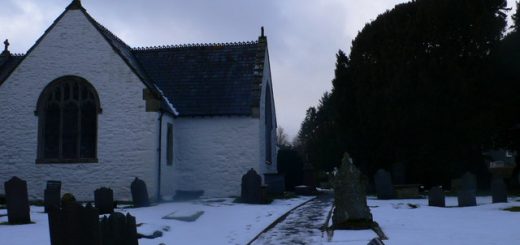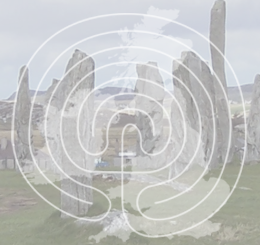Snakes Of The Derwent Valley
According to local folklore, before 1715 there were no venomous snakes in the Derwent Valley, but after the execution of the Earl of Derwentwater an abundance of adders started to appear along the length of the river Derwent.
James Radclyffe, 3rd Earl of Derwentwater inherited his title when his father died in 1705. Earl Derwentwater, was a strong supporter of his cousin James Francis Edward Stuart the ‘Old Pretender’ and was the leader of the Northumbrian Jacobites in the 1715 Rebellion.
 He was captured after their defeat at the Battle of Preston and after being found guilty of treason he was beheaded at Tower Hill on 24 February 1716. The Earl’s brother Charles managed to escape, but Thomas Forster – The Earl’s cousin – who was also one of the battle’s commanders was also captured, but was sprung from gaol by his sister who subsequently hid him in a priest hole at the Lord Crewe Arms Hotel before smuggling him to Europe.
He was captured after their defeat at the Battle of Preston and after being found guilty of treason he was beheaded at Tower Hill on 24 February 1716. The Earl’s brother Charles managed to escape, but Thomas Forster – The Earl’s cousin – who was also one of the battle’s commanders was also captured, but was sprung from gaol by his sister who subsequently hid him in a priest hole at the Lord Crewe Arms Hotel before smuggling him to Europe.
I assume that snakes and the tales that grew up around them are connected more to an act of High Treason than to the Earl himself and the story probably propagated as a warning of the evils of such an act.
Note: James Radclyffe’s mother was Lady Mary Tudor, the daughter of King Charles II and the actress Moll Davis.




Derwentwater’s Lights
According to the Carlisle Journal, October 1874, the remains of Francis, 1st Earl of Derwentwater who died in 1696 aged 72; Edward 2nd Earl, died 1705 aged 50; Francis Radcliffe who died in 1704 aged 48; Barbara Radcliffe who died in 1696; and Lady Mary, daughter of the 1st Earl who died in 1726 were removed from the Dilston Chapel vaults infront of a large crowd of onlookers and later re-interred in the Catholic Church burial ground in Hexham. But “the remains of the unfortunate James, 3rd Earl of Derwentwater, who was beheaded in 1716 aged 27, being removed by rail to Thorndon, Essex, there to be re-interred in the family vault of Lord Petre”.
According to his entry in the Dictionary of National Biography “On the scaffold, Derwentwater regretted having pleaded guilty, declared his adherence to Roman Catholicism and said that he had never owned any other but James III (his cousin) as his rightful king, whom he loved… and whom he had desired to serve since infancy.”
“A display of the aurora borealis coincided with the arrival in Co Durham of the hearse bearing his body for interment at Dilston; the phenomenon was thereafter known locally as Derwentwater’s Lights.”